Written and photographed by Aaron Lefland. Click images to enlarge.
Like many of the forests across Connecticut, the woods of New Canaan are fairly homogenous. Past disturbances to the landscape, both natural and anthropogenic, have created woodlands that are almost entirely the same age. Foresters call this an “even-aged” forest structure.
In New Canaan, most of our woodlands are approximately 100 years old. Climate, underlying soils, and geology also favor specific tree species, which is why our woodlands have an overstory dominated by large tulip poplar, oak, and hickory, with beech and sugar maples growing in the mid-story. Of course, there are exceptions to the norm. The beech-dominated woodland at the northern end of the Colhoun Preserve Preserve is a prime example. For the most part, though, an acre of woodlands along Ponus Ridge tends to look the same as an acre of woodlands along Silvermine Road.
But our forests do hold some surprises. Surprises that can inspire us, teach us, and make us wonder. This is a story about one of those surprises.
Losing a Giant
This story unfortunately starts with loss. During a minor wind storm in November of 2020, the subject of this story, a magnificent red oak, came crashing down at the Land Trust’s Watson-Symington Preserve. I wish I had taken a photo of this tree while it was still standing, because it was a truly incredible specimen. The diameter of the tree was well over three feet, and its crown must have spread outwards nearly 75 feet in every direction. The photo to the right illustrates the magnitude of this tree’s crown; the tree’s collapse resulted in a nearly quarter-acre gap in the canopy.
Usually, I do not think twice about a tree falling in the woods. As a forester, I was trained to think about individual trees as being part of a larger ecosystem. The death of one tree results in more water and sunlight reaching the ground, thus allowing trees in the understory to grow quicker and eventually take the place of the original tree. As the fallen tree decomposes, it releases nutrients back to the soil and provides shelter to critters. I recall a study concluding that a dead tree supports more life than when it was alive.
But this was not an ordinary tree, and it has stories to share…
A Lone Wolf
As the forest grew up around our oak, the oak maintained a dominant position in the canopy. Connecticut is fortunate to have state-wide aerial images dating back to 1934, and our mighty oak was certainly around at that time. In fact, the entirety of what is now the Watson-Symington Preserve seems to be forested when the 1934 aerial images were collected. A sample photo can be seen above, with a small circle (near the center of the image) around what may actually be the already-dominant crown of our oak.
Because our oak has maintained this dominant canopy position, it stands out among the other, smaller trees. Today, foresters call this type of tree a “wolf tree”, and it is a strong indication that a tree is significantly older than anything surrounding it. The photo to the right is an example of another wolf tree I’ve found at a different Land Trust property.
We have a number of clues indicating that this is an old tree, but exactly how old is old?
A Trip Back in Time
The best way to determine a tree’s age is to count the annual growth rings it produces. These rings are the remnants of previous year’s growth, and in oaks, they are incredibly well defined. Oaks are a “ring-porous”, meaning that the rings have a defined line of vessels corresponding to each year of growth. Compared to a “diffuse porous” species, like sugar maple, it doesn’t take much to expose the rings clearly enough to count them.
A forester would typically use a tool called an increment borer (imagine a long, hollow drill bit) to extract a core from the tree and then count the rings. This method causes no harm to the tree, and enables foresters to collect many samples from a forest, and learn more about its age and structure. But our tree had already fallen, giving me the opportunity to take a compete cross section from its trunk and branches using a chainsaw.
Part of the reason that this tree fell was due to the extensive rot that had weakened its trunk. It appears that, decades ago, a branch fell from the tree and allowed water, fungus, and bacteria to begin eating away at the tree’s trunk. The image on the right shows how the entire interior of the tree’s trunk had slowly rotted away, leaving just a shell to support the weighty branches above. Really, it’s a wonder the tree remained standing as long as it did. Unfortunately, this rot also destroyed the growth rings at the base of the center of the trunk, the location which would have contained the most annual growth rings.
If the trunk of a tree is rotten, a forester will try to collect a core from the lowest intact piece of the tree. In this case, our mighty oak had nearly 30 feet of rot traveling up its trunk. After that 30-foot mark, the rot disappeared, leaving intact wood with all of the growth rings. Fortuitously, this is also the section of the tree that happened to fall across the trail, and needed to be cut up anyhow.
After collecting a cross section, or “tree cookie” from the lowest, intact portion of the trunk, I sanded down the cross section. This removes the rough cuts made by my chainsaw, depicted to the right, while also exposing some of the fainter rings that might otherwise be difficult to see. Once sanded, a hand lens is used to magnify the growth rings, and one simply begins counting backwards from the edge of the tree (the current year) towards the center of the tree (the oldest year).
Amazingly, this cross section, which was 30 feet off of the ground, contained evidence of 130 years of growth. A photo with decadal markings is shown below. This means that in 1890, this tree was already at least 30 feet tall, likely more. Based on other growth rings that I’ve analyzed on this property, I estimate that it would have taken the tree at least 40 years to reach that height, bringing the age of the tree to at least 170 years. Our wolf tree has earned it name, dating back to at least 1850.
Secrets in the Rings
Tree rings can tell us more than a tree’s age. Tightly spaced tree rings indicate that a tree grew slowly, possibly due to drought or insect outbreaks. Rings with a greater than average distance between them indicate the opposite: a year with ideal growing conditions that allowed the tree to add more wood than usual.
Looking at our cross section, we can see that there were clearly some good years, and some bad years for our mighty oak. The early 1970s, and to an extent the mid-1980s, appear to have been tough years for our friend. The annual rings are tightly spaced, indicating that the tree was struggling. This may have been due to some environmental factor, but might also be the time during which the tree lost a large branch and began rotting. The tree also had some good years, including its own version of the roaring ‘20s. And for those saddened by the loss of this tree, know that the last decade of its life appears to be one of fairly vigorous, healthy growth.
Tree rings can also tell us how the tree develops. Take a look at the image on the right, and notice how the center growth ring (what foresters call the “pith”) is not actually centered on the cross section. This is a perfect example of how trees fight gravity as they send their branches outwards, horizontally. Tree branches can easily weigh thousands of pounds, and to support this weight, trees produces something called “reaction wood.” In oaks, that reaction wood is more specifically called “tension wood”; the branch is literally creating tension on the upper part of a horizontal branch, pulling it back up towards the trunk of the tree. The thicker growth rings above the pith are equivalent to a flexing bicep, curling the weight of the branch back up towards to tree.
What Comes Next?
Whenever I take people for a walk in the woods, the one thing I try to get them to understand is that forests are dynamic systems. As humans, we only see a brief snapshot of a forest’s successional patterns. Even if someone visits the same patch of woods every day for their entire life, they will have only witnessed a fraction of that forest’s development. New England’s forests develop on the order of centuries, so our 170-year oak was just a small part of this forest’s story. It led us through the early development of this forest, to what many of us see as a mature woodland. But its death is really just the start of a much longer successional process.
As we learned earlier, the newly created quarter-acre gap in the canopy will allow sunlight, rain, and other nutrients to reach trees that were previously suppressed by the wolf tree. Those mid-story trees, including sugar maple and beech, have the ability to tolerate shade, but grow much faster with increased access to sunlight, water, and nutrients. Given another century or two, and as more of the existing canopy trees begin to die, these “late successional” species will become the new overstory. At that point, we will have reached a forest structure that most foresters would regard as “old growth”.
A Promise for Perpetuity
When the New Canaan Land Trust conserves a piece of land, it does so in perpetuity. While our woodlands will not reach the point of “old growth” in our lifetime, we know that, eventually, our forests will reach this pinnacle of forest development. We also know that, in the meantime, our forests are providing places for our community to explore, play, and learn. Our forests are also filtering air and water, sequestering carbon, and providing a home for New Canaan’s wildlife.
Stories like these highlight the importance of conserving land, and understanding how special these places really are. The woods have countless stories to tell. Heck, a single tree generated this 2000-word essay. We just need to take a minute and listen.
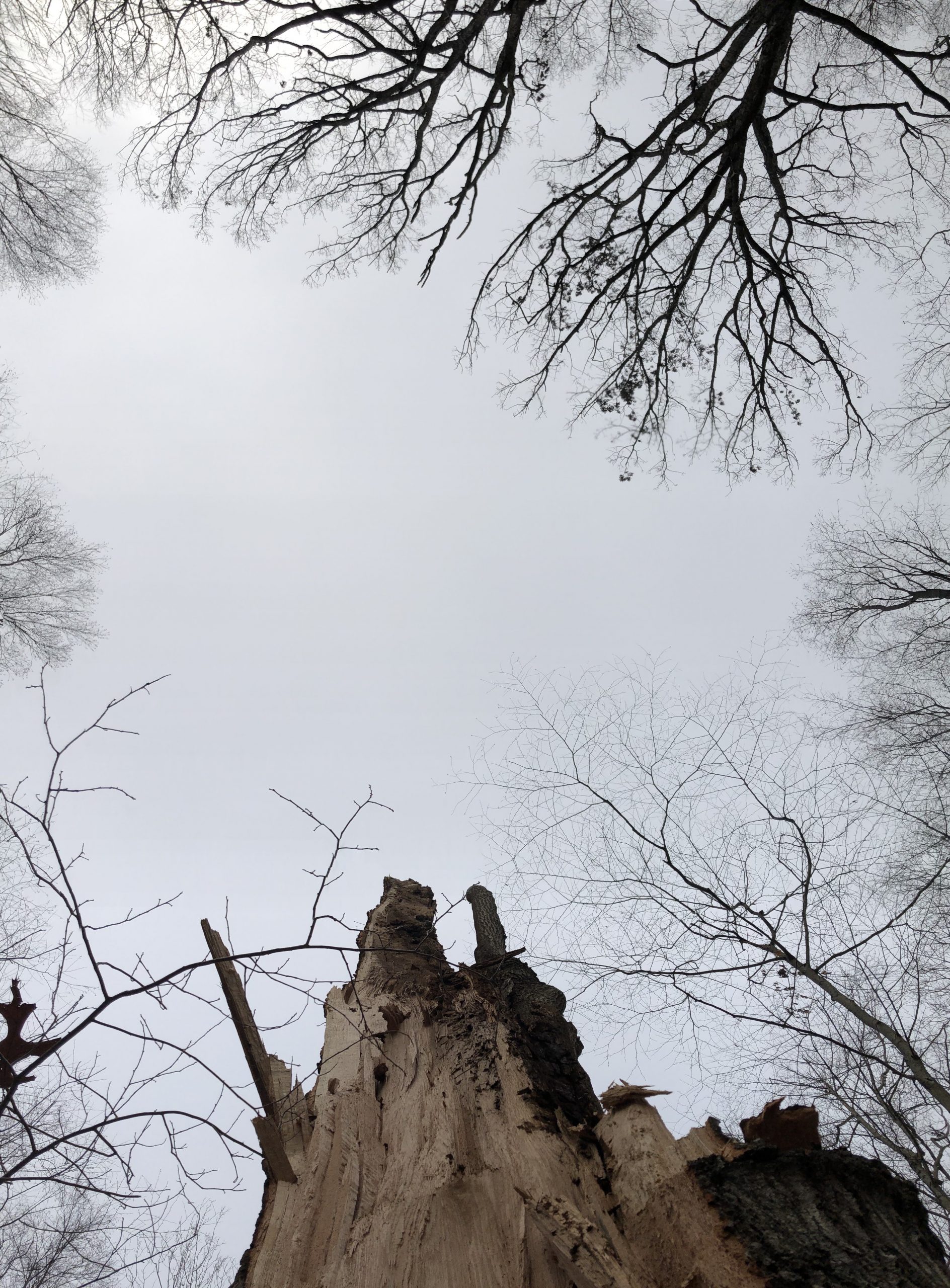
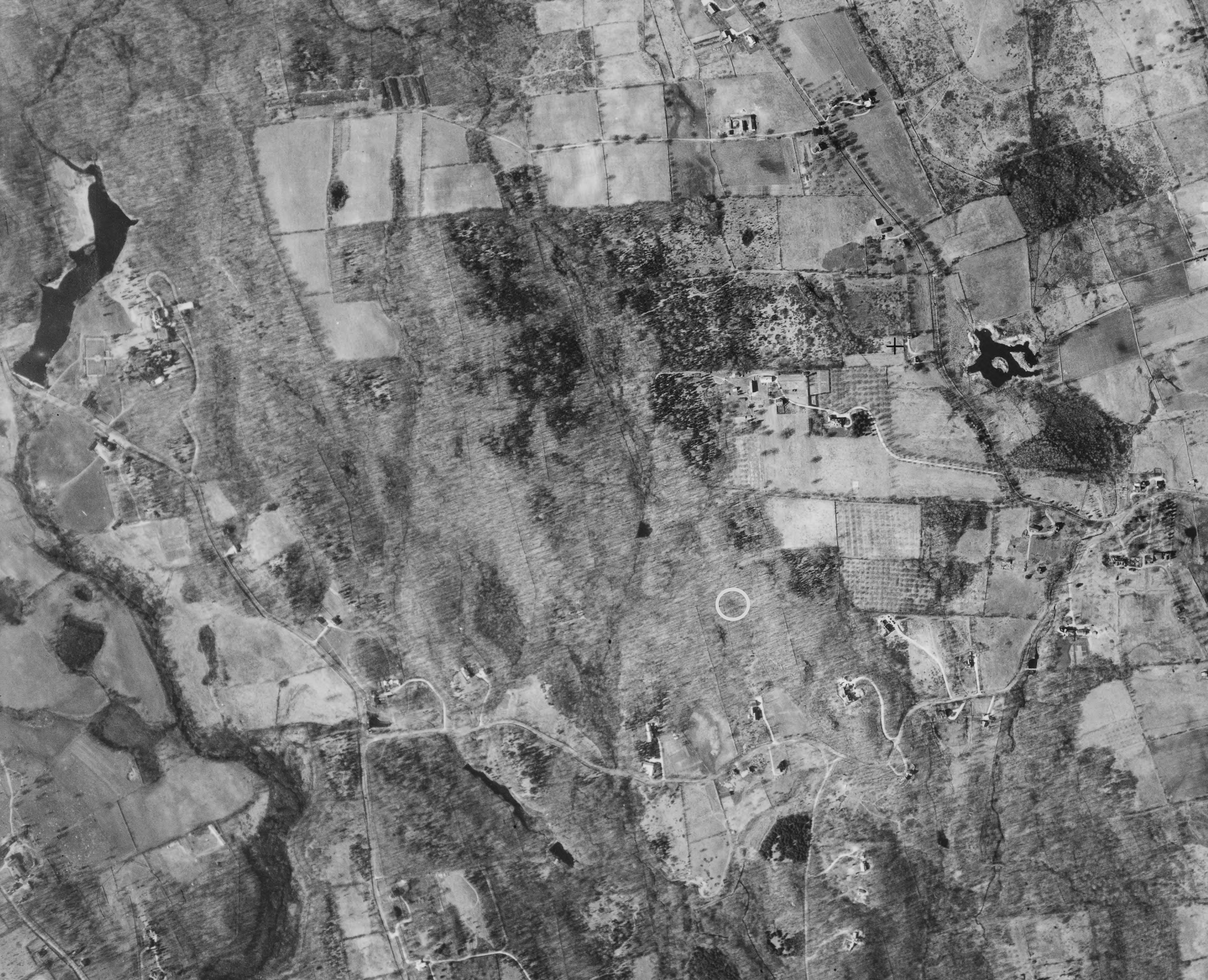
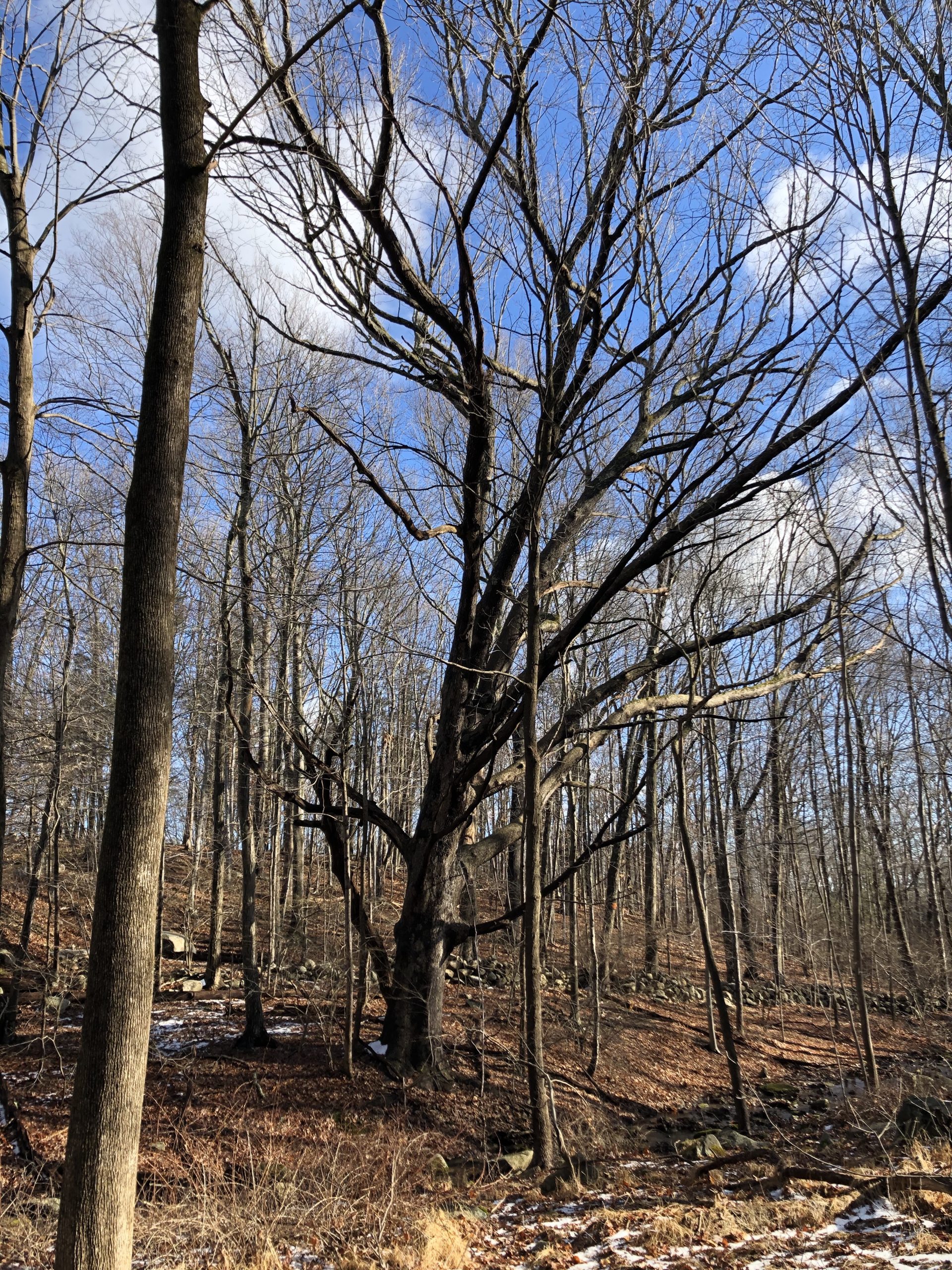
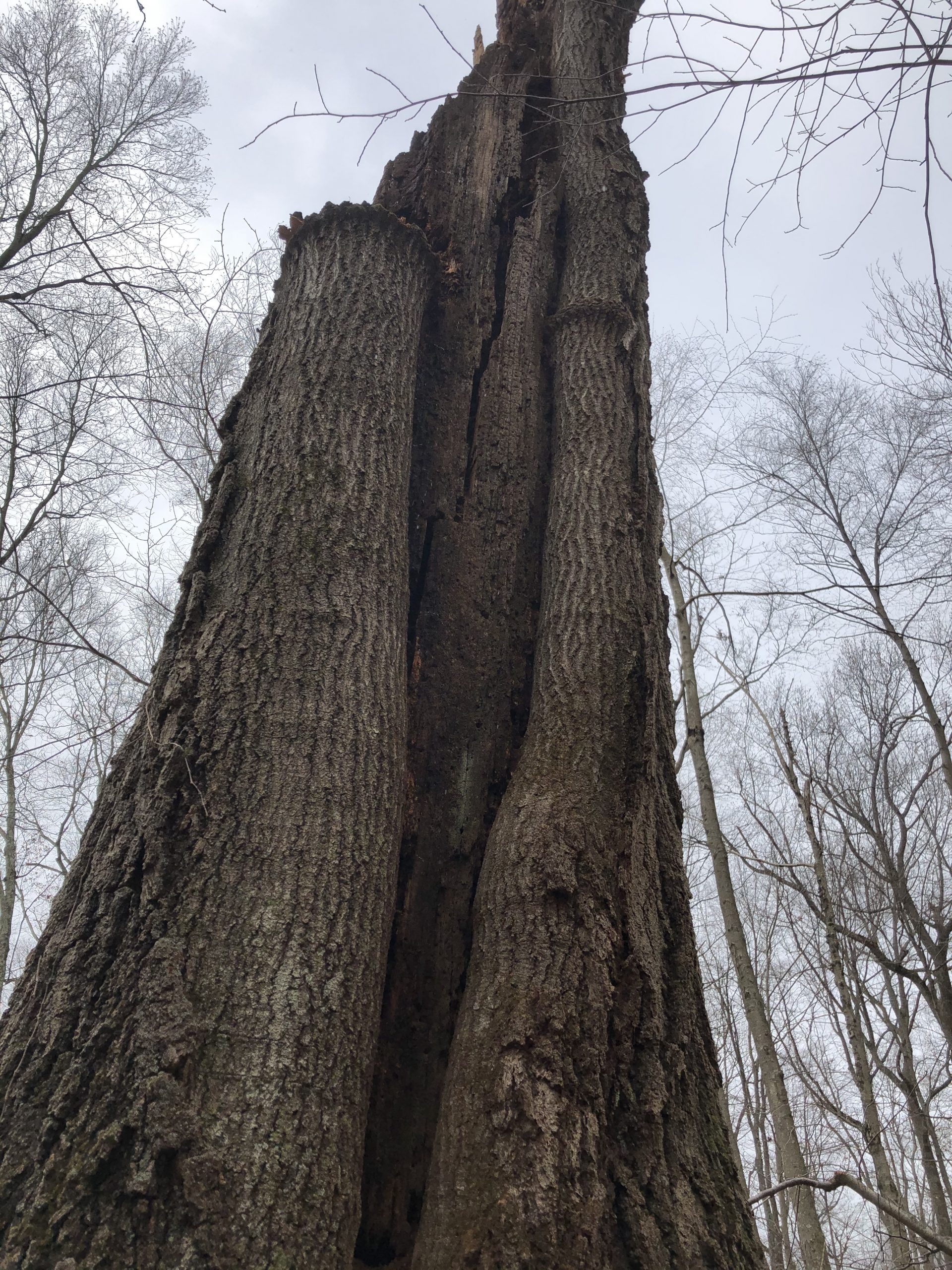
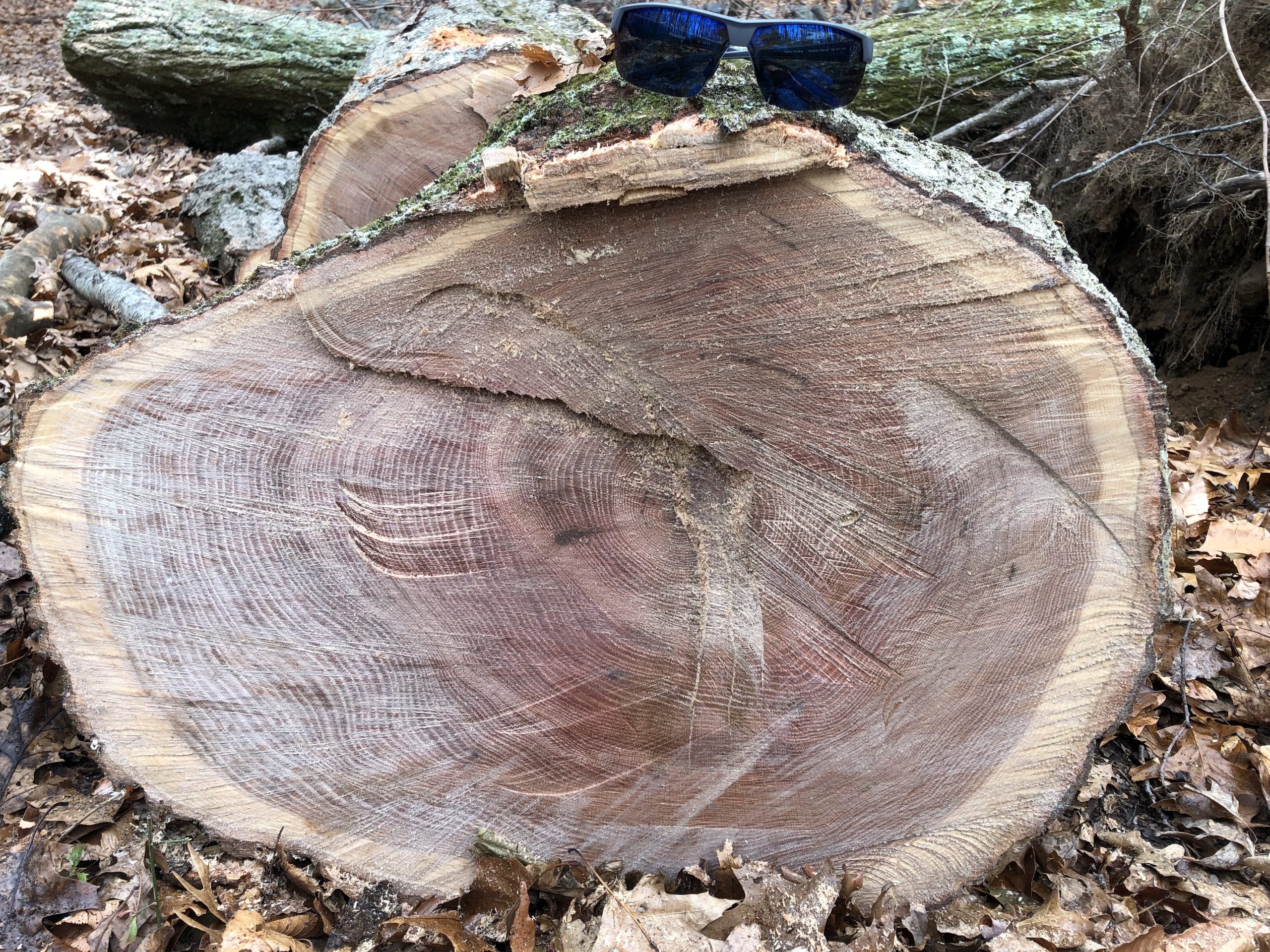


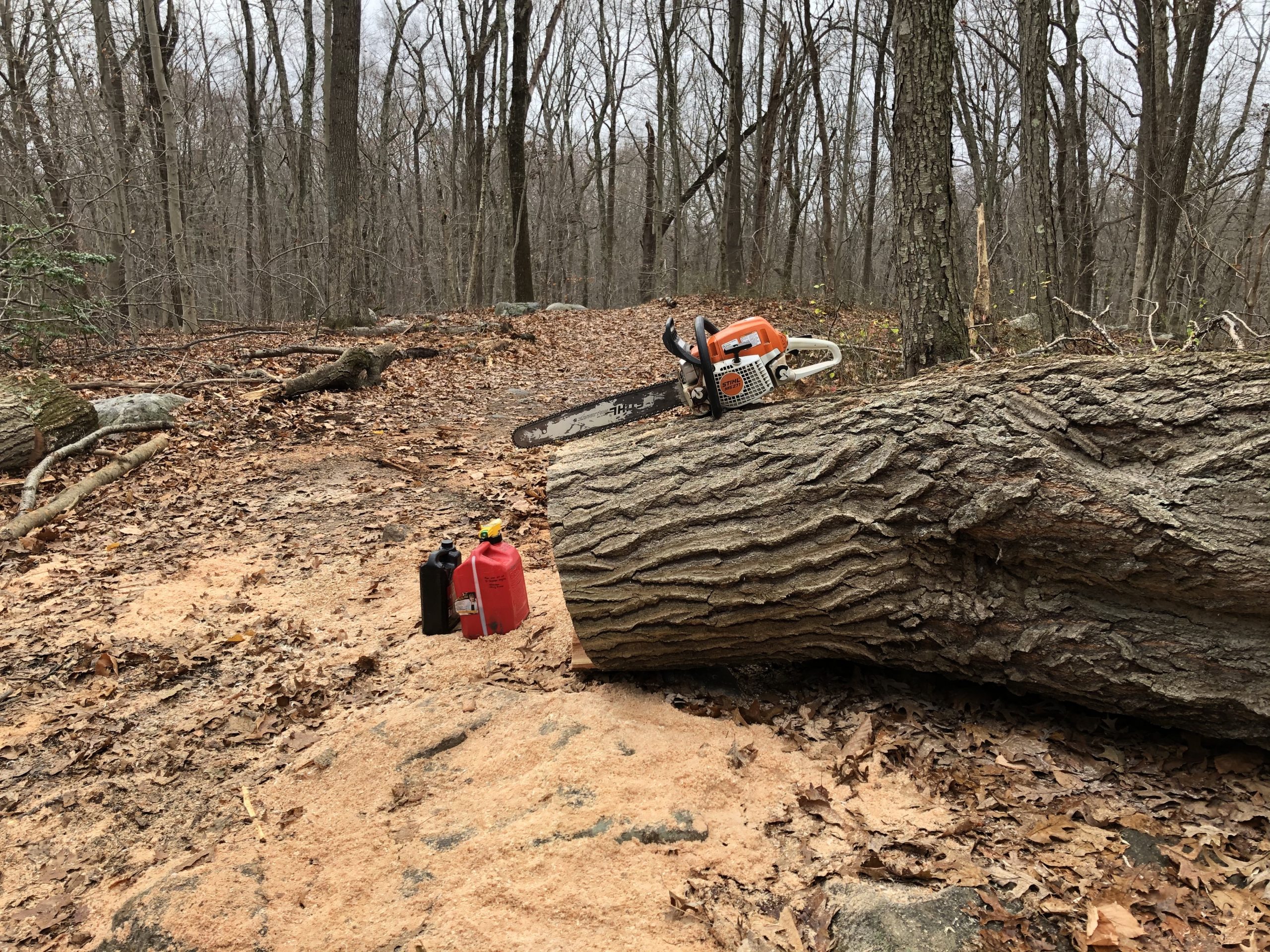
Excellent write-up and great explanation! Many trees have fallen to make space and share nutrients with the trees we enjoy today. Marvel at them while they are standing and embrace the dynamism of the living ecosystem.
Fascinating and so informative. Thank you for this elucidating article.
Thank you for the in-depth story. It’s fascinating to learn about our trees and woodlands. Thank you for creating wonderful nature spaces in New Canaan.
What a wonderfully told story. Very informative too- thank you!
I’m next in the line for a walk in the woods with Aaron.
Thank you for this beautiful and informative essay, Aaron. I will walk in the woods with even more appreciation and wonder for the life around me.
Aaron: terrific story and analysis!! I learned a lot.
Fascinating! I love trees & all their stories – the ones that get told & shared & the ones we look up to.
I enjoyed this story, and I learned from it. The photos are evocative, and the text is lyrical. Our forests are dynamic, and we are blessed with their quiet, beauty and learning opportunities. Thank you Aaron.
Thank you for that complete history and informative study of that oak tree. We lost a maple about that size in the same storm and have placed a birdbath on its stump by the feeder.
I enjoyed reading this writeup. Thanks for sharing your thoughts and appreciation for the wonders of nature. These preserves have been newly discovered by so many people during the pandemic and, judging by the trail wear, provided a much-needed outdoor space for people to enjoy. I’m so grateful for all of the land trusts all over the northeast and for all of the volunteers and people who keep them open for public use.
Thank you!
I was struck by the picture of the Red Oak’s rings with accompanying rings, dated, in the annual report. I think it would be interesting — mabe even instructive — to correlate the ring widths with the annual rainfall in the corresponding years.
Thanks William. With a local precipitation dataset, it wouldn’t be too hard to match years of drought (displaying narrow rings) and heavy rain (displaying thicker rings). However Other disturbances can impact ring growth as well, so there is not always a perfect correlation between precipitation and ring width. Defoliating insects create stressful growing conditions for trees, which in turn produce thinner growth rings. Fires can damage trees, which then produce thinner rings (often with charring still visible in the ring). Even things like major volcanic eruptions, whose ash blocks out the sun for many months, can be observed in tree rings.
To reconstruct climatic conditions from tree rings (something scientists do for the years without/prior to recorded weather data), one needs to compare growth rings across a number of trees. This allows one to identify these trends or disturbances with more certainty. For example, this tree has very narrow growth rings in the late 1960s and early 1970s, which may indicate that there was a droughty few years. However, these narrow rings may be the result of significant crown damage from a wind or ice storm. Without comparing the rings to neighboring trees, we can’t say for certain.
This type of sampling and comparing is called “cross dating” and is the standard for any tree ring research published in peer reviewed journal articles. This method is also used to build chronologies that date back centuries, and even millennia. If you’d like to read more about it, check out this link: https://www.ltrr.arizona.edu/lorim/basic.html.